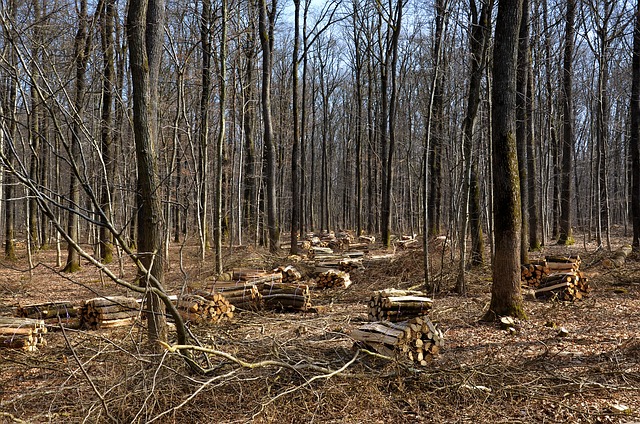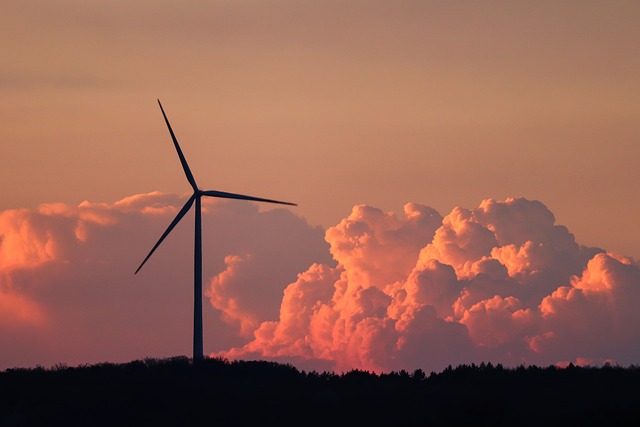Driving Towards a Sustainable Future: Circular Economy in Green Energy
In an age where climate change looms large and sustainability takes center stage, the concept of a circular economy is rapidly gaining traction in various sectors, particularly in green energy. This innovative approach not only seeks to minimize waste but also fosters a regenerative system that can revitalize our transport and rural development. By embracing the principles of a circular economy, we can transform the way we approach energy, mobility, and land use.
Transport Sustainability: The Path to Eco-Friendly Mobility
Transportation is one of the key contributors to greenhouse gas emissions, making it a crucial area for implementing sustainable practices. The integration of a circular economy within the transport sector can pave the way for eco-friendly alternatives, such as electric vehicles that utilize renewable energy sources. By designing vehicles and infrastructure that emphasize reuse, repair, and recycling, we can significantly reduce the carbon footprint associated with personal and public transport.
Moreover, sustainable transport systems promote the use of shared mobility services and biking, encouraging communities to rethink how they travel. Imagine a world where electric buses, powered by solar energy, shuttle passengers seamlessly while minimizing waste and pollution. By investing in such infrastructure, we can build a robust transport network that thrives on regenerative principles and reduces our reliance on fossil fuels.
Rural Development: Revitalizing Communities Through Sustainability
As we consider the roadmap to a sustainable future, it’s essential to include rural areas that often face unique challenges in energy and transport accessibility. The circular economy presents an opportunity for rural development that can empower these communities. By harnessing local resources, such as agricultural waste for bioenergy, we can create a self-sustaining model that not only emits fewer carbon emissions but also bolsters local economies.
Community-led initiatives can bring together farmers, entrepreneurs, and local governments to establish renewable energy projects, enhancing energy independence while creating jobs. By fostering sustainable agricultural practices alongside renewable energy generation, rural areas can thrive, promoting social equity and environmental stewardship. As these communities embrace a circular economy, they become exemplars of how sustainability can drive economic growth and social cohesion.
Building a Brighter Future Together
The transition to a sustainable future, driven by the principles of a circular economy, is not merely a vision—it’s an urgent necessity. By prioritizing transport sustainability and empowering rural development, we can create a resilient, equitable, and environmentally sound world. The choices we make today in adopting these principles will shape the transportation landscape and rural communities of tomorrow. Together, let’s drive towards a brighter, greener future where sustainability reigns supreme.




